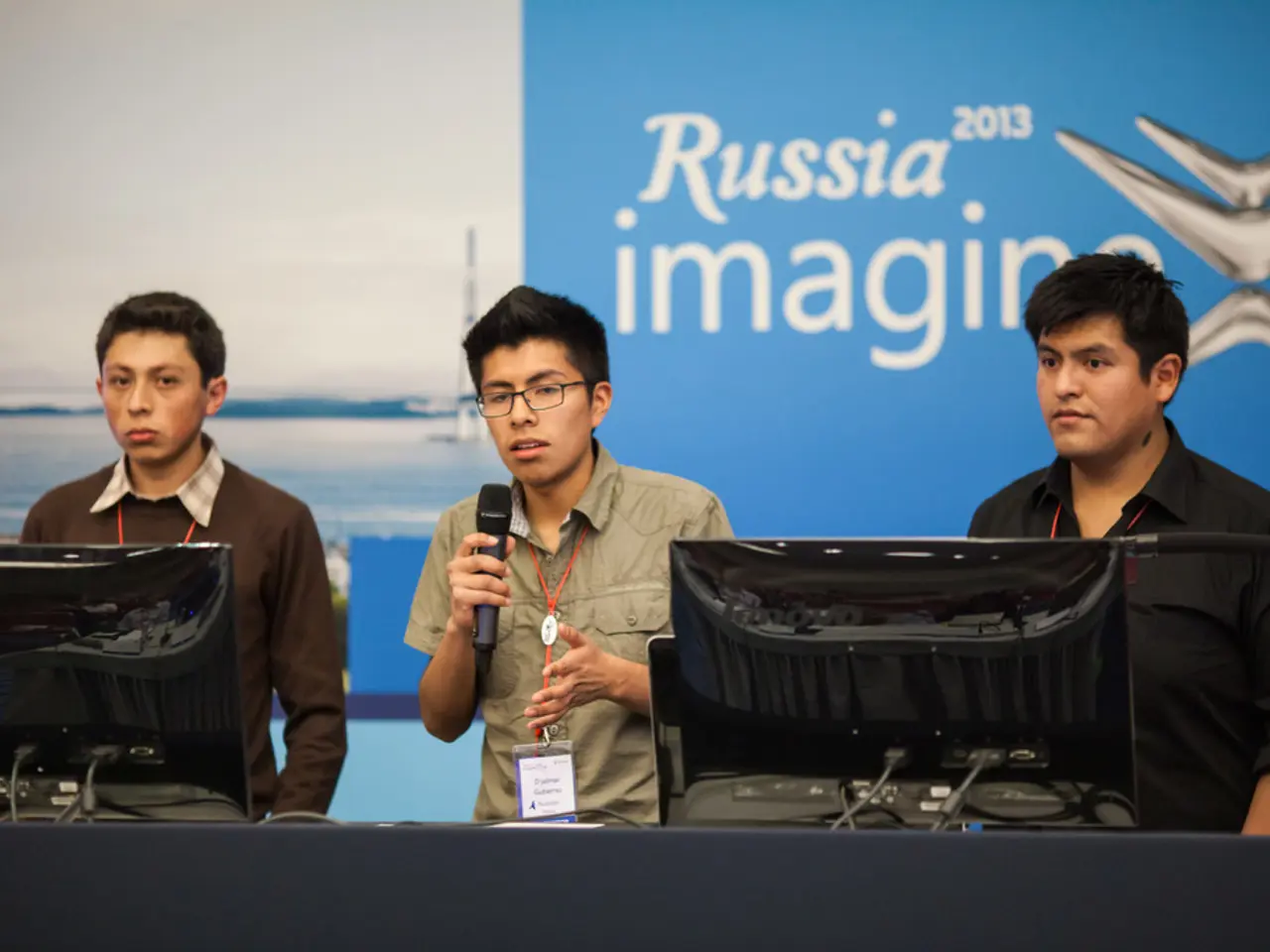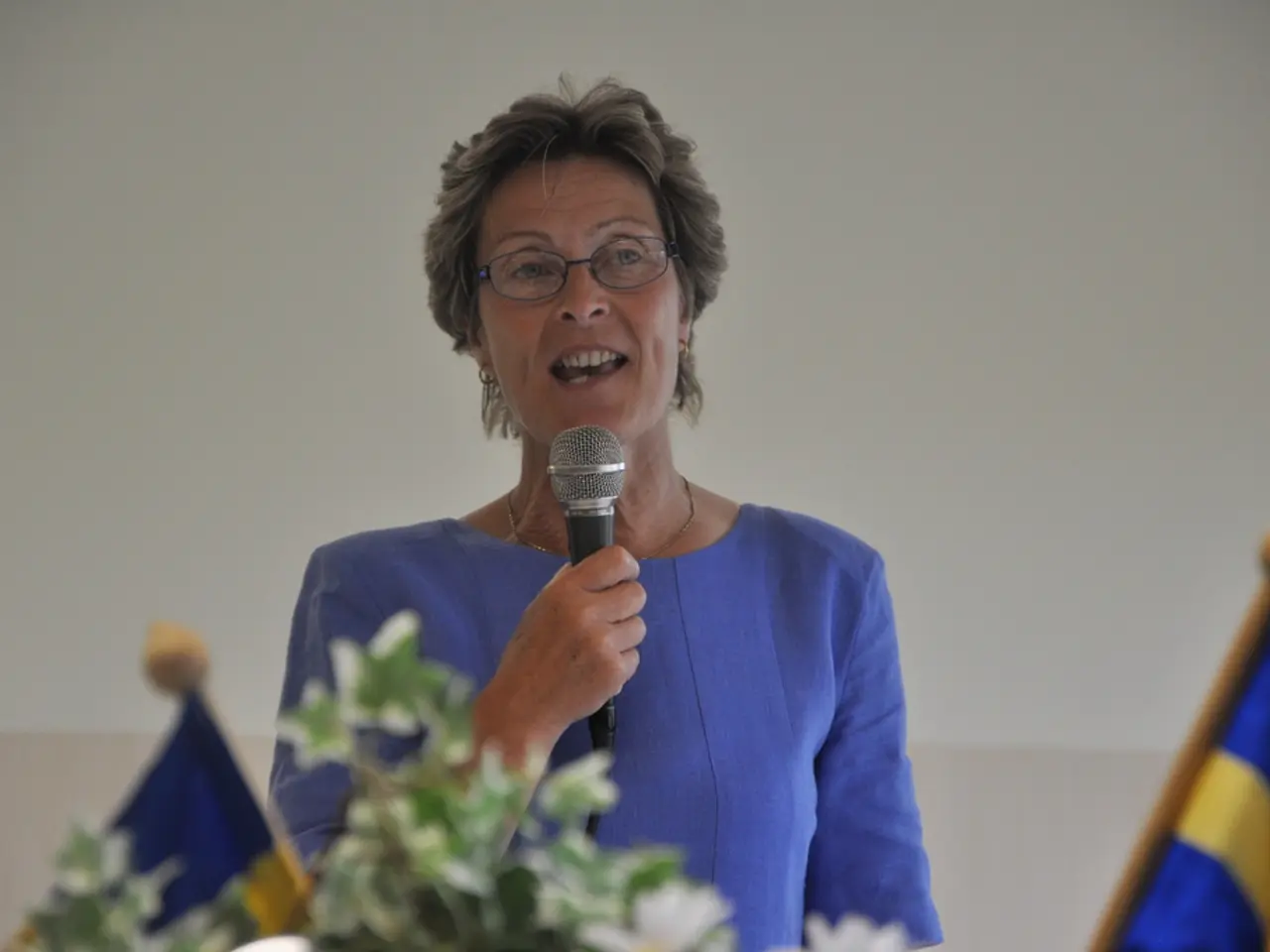NATO accelerates plans for additional weaponry acquisitions for Ukraine
Ukraine and Russia have announced a prisoner of war exchange, with each side releasing 1,200 prisoners as announced by Ukrainian President Volodymyr Zelenskyy. Meanwhile, tensions continue to escalate on the ground, with recent developments reflecting an ongoing intense conflict.
In a significant move to bolster Ukraine's war effort, NATO has launched a new coordinated arms purchasing and delivery program called the Prioritized Ukraine Requirements List (PURL). This program streamlines military aid from European allies by having them finance and buy U.S.-made weapons and munitions for Ukraine.
Key participating countries include the Netherlands, Sweden, Denmark, and Norway, which have collectively committed over $1 billion to purchase U.S. weapons systems. The Netherlands was the first NATO member to contribute under this framework, pledging about $578 million toward supplies such as parts and missiles for Patriot air defense systems.
The program is designed so that European NATO members bear the financial burden, while the U.S. backs up the stocks they draw down and helps prioritize production to ensure timely deliveries. This effort aims to maintain Ukraine’s war effort through constant, coordinated resupply, avoiding delays caused by bureaucratic processes if managed solely through NATO.
Recent developments on the ground include a Ukrainian drone strike on a train station building in Volgograd, Russia, causing a fire and damaging a power line. In response, Russia is reportedly preparing to intensify its drone warfare, aiming to produce as many as 40,000 Shahed/Geran-2 combat drones this year.
The increased arms deliveries are aimed at helping Ukraine respond to Russian aggression. However, the rapid scale-up of NATO support has raised concerns about potential Russian retaliation against countries directly involved in funding the arms aid.
In related news, US President Donald Trump has threatened sanctions if Moscow does not agree to a ceasefire in the war with Ukraine by Friday. US special envoy Steve Witkoff may travel to Russia this week to discuss the matter further.
On the domestic front, a poll by the Forsa polling institute for the German News Network found that only about one in six Germans would grab a weapon without hesitation to defend Germany in case of a defense emergency.
In the Ukrainian region of Saporischschja, three people have been killed due to Russian attacks. The new nuclear-powered icebreaker submarine "Knyaz Pozharsky" has reached the main base of the Northern Fleet’s submarine forces, ready for service. A non-exploded drone fell onto the tracks near the Archeda train station, according to the governor of the Volgograd region, Andrei Bocharov.
In summary, the new NATO arms purchasing program for Ukraine is active and involves recurring large-scale shipments funded primarily by European allies, with weapons sourced mostly from U.S. manufacturers. It represents a significant and more organized phase of military support to Ukraine in the ongoing war. The escalating conflict and potential for Russian retaliation continue to be a concern, with the situation remaining fluid and dynamic.
- The ongoing conflict between Ukraine and Russia has led to a rise in geopolitical tensions, prompting the United States and European countries to reconsider their community policies, particularly in regard to the provision of military aid.
- Amidst volatile general news and reports of war-and-conflicts, the politics surrounding the Ukraine-Russia crisis are becoming increasingly complex, with policy discussions extending beyond employment issues to include matters of war and defense.





